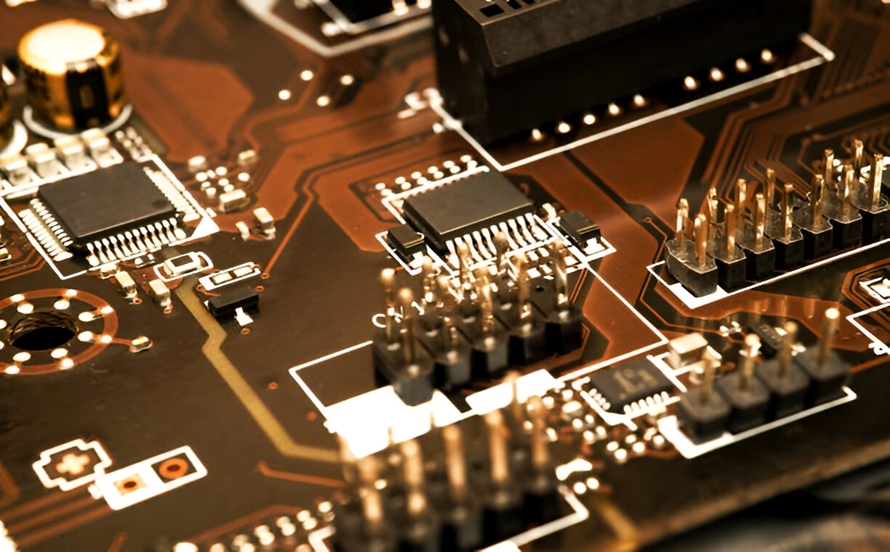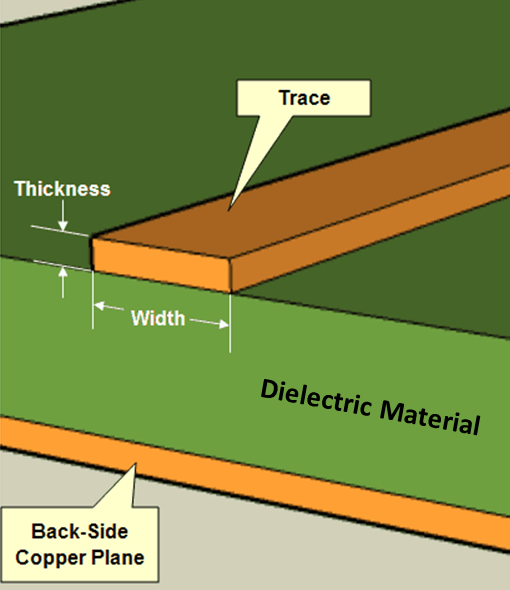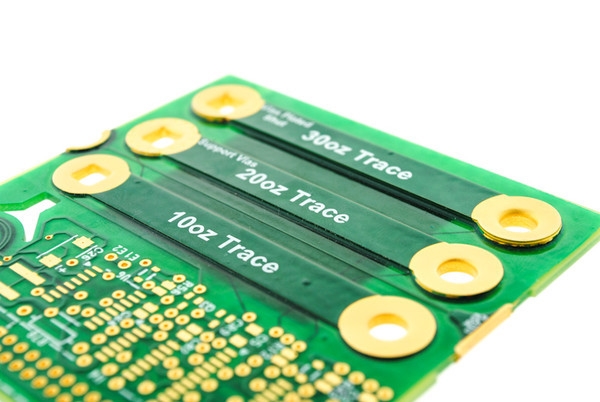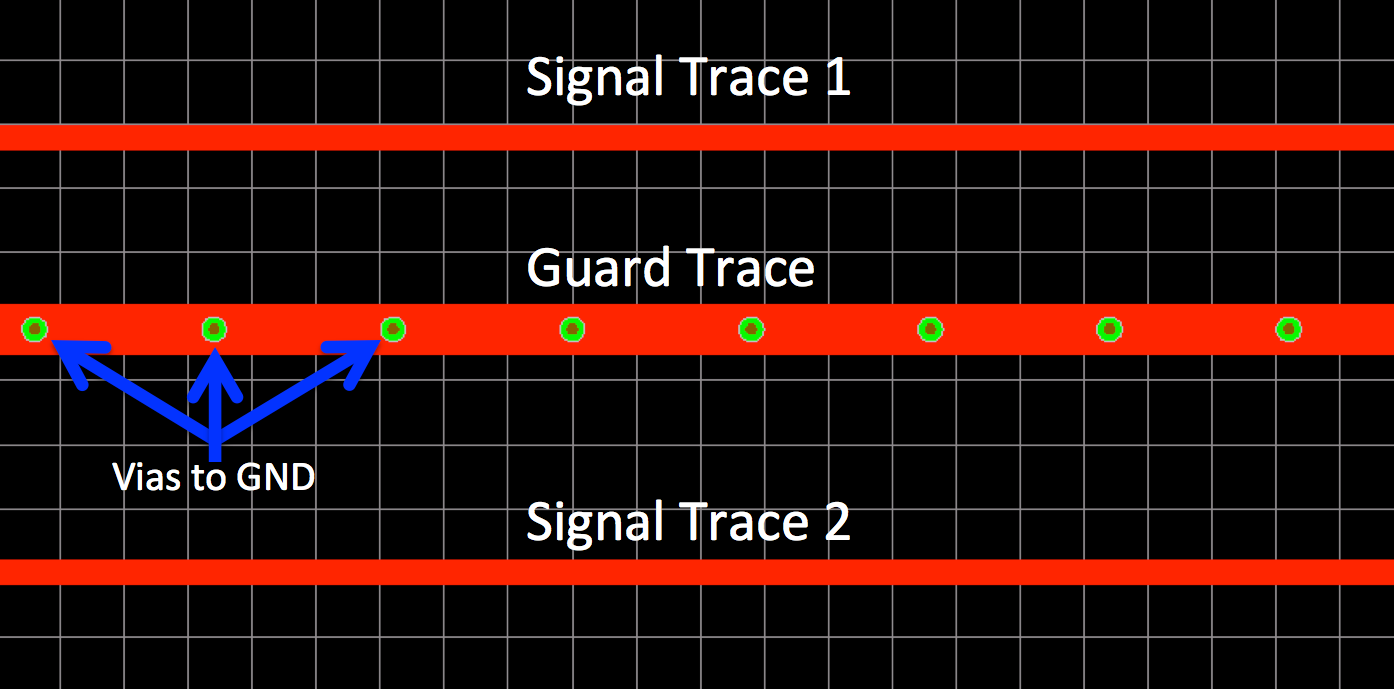Creating a low-noise audio amplifier PCB is a critical task for achieving high-quality sound output. The key to success lies in careful design techniques that focus on audio amplifier PCB grounding, ground loop prevention, and noise reduction techniques. By optimizing your PCB layout for low noise and using methods like star grounding, you can minimize interference and ensure crystal-clear audio performance. In this comprehensive guide, we'll walk you through the essential steps and best practices to design an audio amplifier PCB that delivers exceptional sound quality.
Why Low-Noise Design Matters for Audio Amplifiers
In audio amplifier circuits, noise and interference can degrade sound quality, introducing unwanted hums, hisses, or distortion. These issues often stem from poor grounding practices or suboptimal PCB layouts. Whether you're designing for professional audio equipment or a DIY project, a low-noise design ensures that the amplified signal remains clean and true to the input. Let's dive into the core principles and techniques to achieve this, starting with the foundation of any noise-free design: proper grounding.
Understanding Grounding in Audio Amplifier PCBs
Grounding is the backbone of a low-noise audio amplifier PCB. It provides a reference point for all voltages in the circuit and a path for unwanted currents to return to the source without interfering with the audio signal. However, improper grounding can lead to ground loops, electromagnetic interference (EMI), and other noise issues. Here’s how to approach audio amplifier PCB grounding effectively.
The Role of Ground Planes
A solid ground plane is a large copper area on the PCB that connects all ground points in the circuit. It helps reduce impedance and provides a low-resistance path for return currents, minimizing noise. For audio amplifiers, a continuous ground plane on one layer of the PCB can significantly cut down on interference. Ensure that the ground plane is unbroken as much as possible, avoiding splits or cuts that could disrupt the return path of currents.
Avoiding Ground Loops with Proper Design
Ground loops are a common source of noise in audio systems, often causing a low-frequency hum (typically at 50 or 60 Hz, depending on your region’s power grid frequency). They occur when multiple ground paths exist, allowing currents to flow in unintended loops and induce noise in the audio signal. Ground loop prevention starts with ensuring that all ground connections converge at a single point, rather than forming multiple paths.
To prevent ground loops, avoid connecting ground points in a daisy-chain fashion. Instead, route all ground connections to a central point, often near the power supply input. This minimizes the chance of current flowing through multiple paths and creating interference. Additionally, keep high-current paths (like power supply lines) separate from sensitive audio signal grounds to avoid coupling noise into the audio circuit.
Implementing Star Grounding for Noise Reduction
One of the most effective noise reduction techniques for audio amplifier PCBs is star grounding. In this method, all ground connections—whether from the power supply, input stage, output stage, or other components—meet at a single central point, often called the "star point." This technique eliminates multiple ground paths, reducing the risk of ground loops and ensuring that return currents don't interfere with sensitive audio signals.
To implement star grounding, identify the central ground point near the power supply or main filter capacitor. Route separate ground traces from each circuit section (like the preamp, power amp, and input/output connectors) directly to this point. Avoid sharing ground traces between different sections before they reach the star point. For multi-layer PCBs, dedicate one layer to the ground plane and connect all ground traces to it through vias at the star point.
Optimizing PCB Layout for Low Noise
A well-thought-out PCB layout for low noise is just as important as grounding. The placement of components, routing of traces, and separation of analog and digital sections all play a role in minimizing interference. Here are some practical tips to optimize your PCB layout for audio amplifiers.
Component Placement and Segregation
Place sensitive components, such as input stage transistors or operational amplifiers, away from high-current or high-noise areas like power transformers or switching regulators. Group analog components (like audio inputs and preamp circuits) together and separate them from digital components (if any) to prevent crosstalk. For instance, keep digital control circuits or microcontrollers on a separate section of the PCB, ideally with their own ground plane connected to the main ground at the star point.
Additionally, orient components to minimize trace lengths for critical signal paths. Shorter traces reduce the chance of picking up EMI and lower the impedance, which helps maintain signal integrity. For example, place input capacitors and resistors close to the amplifier IC or transistor to keep the signal path tight.
Trace Routing and Separation
Route audio signal traces away from power supply lines and high-current paths. If they must cross, ensure they do so at a 90-degree angle to minimize capacitive coupling. Use wider traces for power and ground connections to reduce resistance and inductance—aim for a trace width that supports at least 1.5 times the expected current to account for heat dissipation and voltage drops. For reference, a 10-mil trace on a 1 oz copper PCB can handle about 0.5 A safely.
For differential audio signals, route the positive and negative traces close together to cancel out external noise through common-mode rejection. Keep loop areas small by running return paths directly beneath signal traces on a different layer, if possible, to minimize magnetic field pickup.
Noise Reduction Techniques for Audio Amplifier PCBs
Beyond grounding and layout, several other noise reduction techniques can enhance the performance of your audio amplifier PCB. These methods address specific sources of interference and help maintain a clean audio signal.
Decoupling Capacitors for Power Supply Noise
Power supply noise can easily couple into the audio signal, especially in high-gain circuits. To combat this, place decoupling capacitors (typically 0.1 μF ceramic capacitors paired with 10 μF electrolytic capacitors) close to the power pins of each active component, such as op-amps or power transistors. These capacitors filter out high-frequency noise and stabilize the local voltage supply. Position them within 0.1 inches (2.54 mm) of the power pin for maximum effectiveness, as longer traces increase inductance and reduce filtering efficiency.
Shielding and EMI Protection
External electromagnetic interference (EMI) can degrade audio quality, especially in environments with strong radio frequency (RF) signals. Use shielding techniques to protect sensitive areas of your PCB. For example, enclose the input stage or the entire amplifier circuit in a grounded metal enclosure to block external EMI. On the PCB itself, surround critical signal traces with ground vias or a ground pour to create a Faraday cage effect, reducing RF pickup.
If your design includes connectors for external inputs or outputs, add ferrite beads or small inductors (e.g., 600 ohms at 100 MHz) in series with the signal lines near the connector to suppress high-frequency noise. Pair these with shunt capacitors to ground for a low-pass filter effect, cutting off frequencies above the audio range (typically above 20 kHz).
Minimizing Crosstalk Between Channels
In stereo or multi-channel amplifiers, crosstalk between channels can introduce noise and reduce soundstage clarity. To prevent this, maintain at least 0.2 inches (5 mm) of separation between traces of different channels. If space is limited, route them on different layers with a ground plane in between to act as a shield. Additionally, avoid running parallel traces for long distances, as this increases capacitive coupling—opt for perpendicular crossings instead.
Choosing the Right Materials and Layer Stack-Up
The materials and layer configuration of your PCB also impact noise performance. For audio amplifiers, a 2-layer or 4-layer board is often sufficient, depending on the complexity of the design. In a 2-layer board, dedicate the bottom layer to a solid ground plane and route signals on the top layer. For a 4-layer board, use the inner layers for ground and power planes, sandwiching them between signal layers to reduce noise and improve EMI immunity.
Opt for a standard FR-4 material with a dielectric constant of around 4.5 for cost-effective designs. Ensure the copper thickness is at least 1 oz per square foot for general traces and 2 oz for power and ground paths to handle higher currents without significant voltage drops or heating. A board thickness of 1.6 mm provides good mechanical stability for most audio amplifier applications.
Testing and Debugging for Noise Issues
After designing and assembling your audio amplifier PCB, testing for noise is crucial. Use an oscilloscope to measure noise levels at the output with no input signal applied—look for peak-to-peak noise voltages below 1 mV for high-quality audio. If you hear a hum, check for ground loops by temporarily lifting ground connections one at a time to identify the offending path. For hiss or high-frequency noise, inspect decoupling capacitor placement and consider adding more filtering near noisy components.
Also, test the amplifier under different load conditions (e.g., 4 ohms and 8 ohms for speaker outputs) to ensure stability and noise performance remain consistent. Measure the signal-to-noise ratio (SNR)—a good audio amplifier should achieve an SNR of at least 90 dB, meaning the signal is 90 dB louder than the background noise.
Conclusion: Building a Noise-Free Audio Amplifier PCB
Designing a low-noise audio amplifier PCB requires attention to detail in audio amplifier PCB grounding, ground loop prevention, and noise reduction techniques. By implementing a solid PCB layout for low noise and using methods like star grounding, you can significantly reduce interference and achieve pristine sound quality. Focus on proper ground plane design, strategic component placement, and effective shielding to minimize noise sources. With these practices, your audio amplifier will deliver the clear, high-fidelity performance that users demand.
Whether you're a seasoned engineer or a hobbyist, following these guidelines will help you create a reliable and high-performing audio amplifier PCB. Start with a well-planned design, test thoroughly, and iterate as needed to refine the noise performance. Your efforts will pay off with an amplifier that stands out for its clarity and precision.
 ALLPCB
ALLPCB







